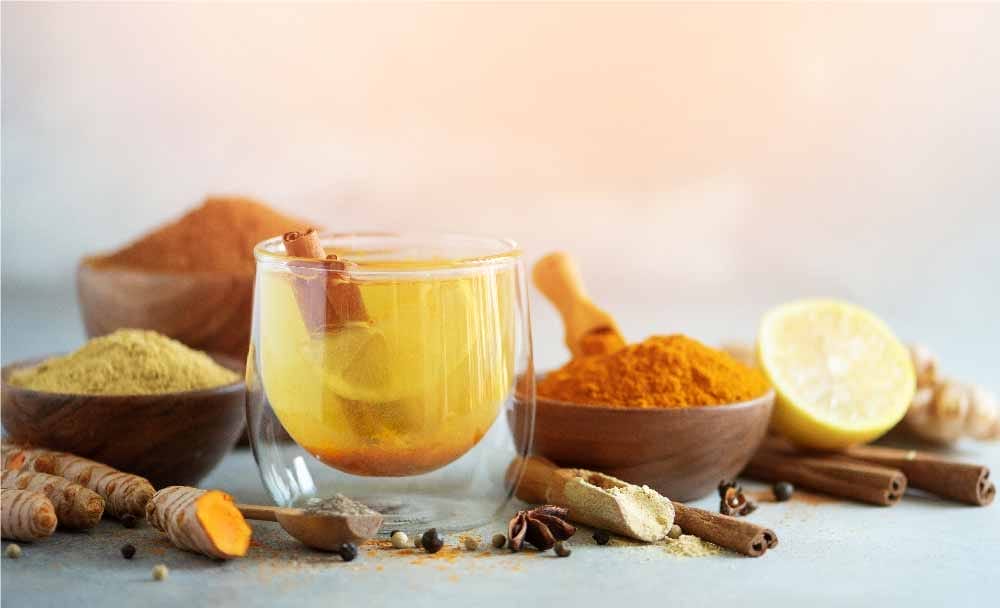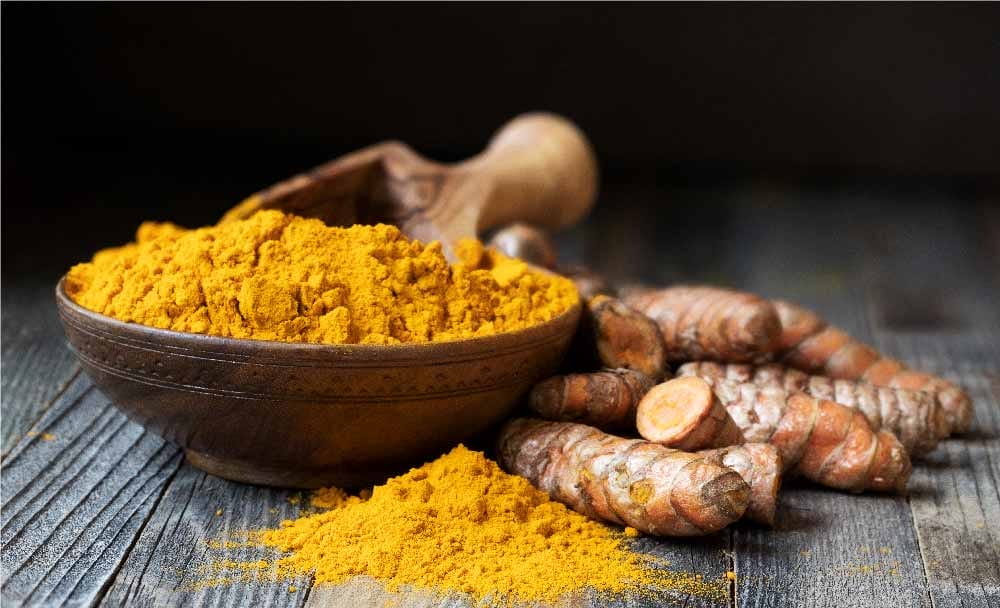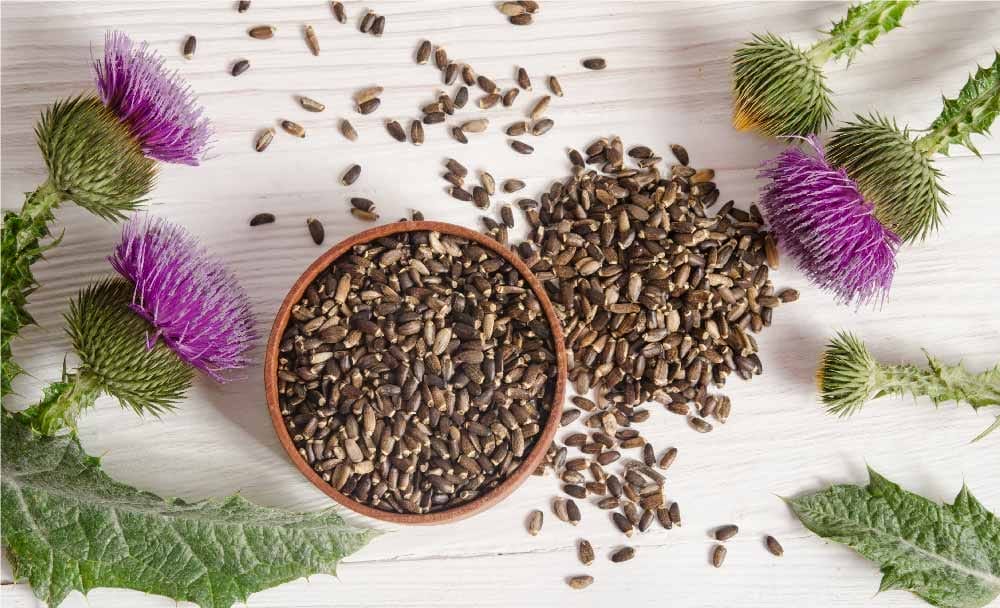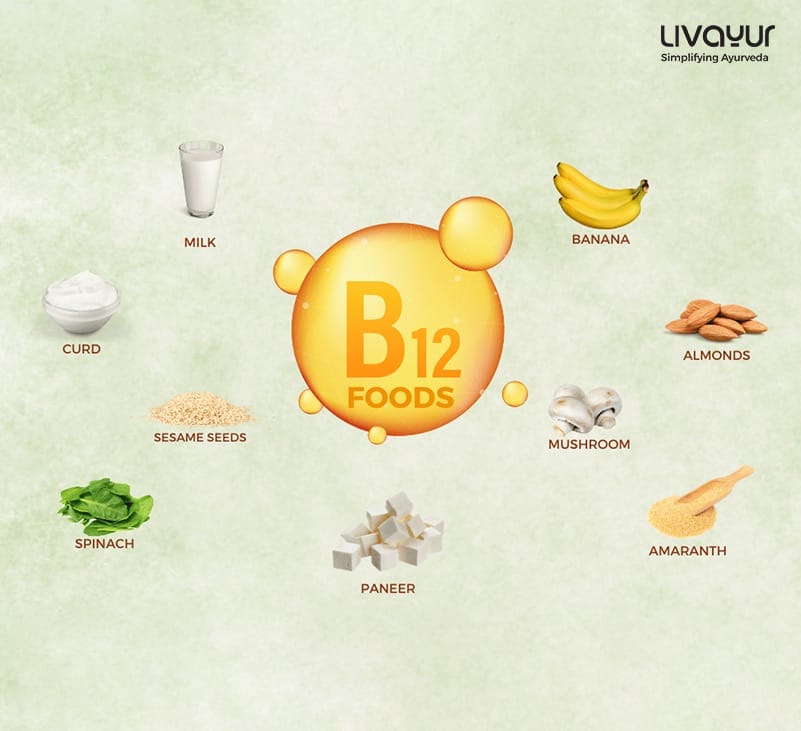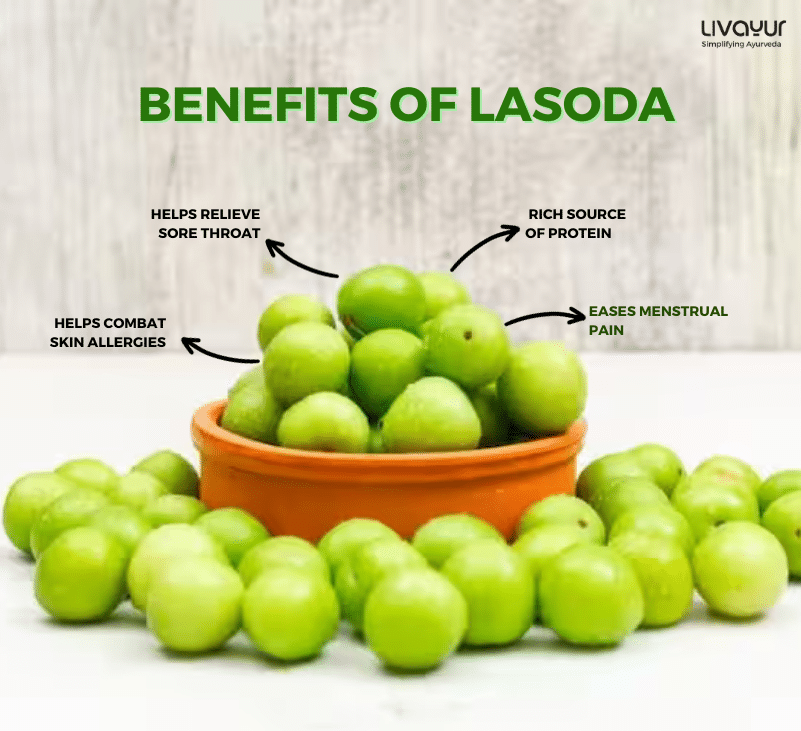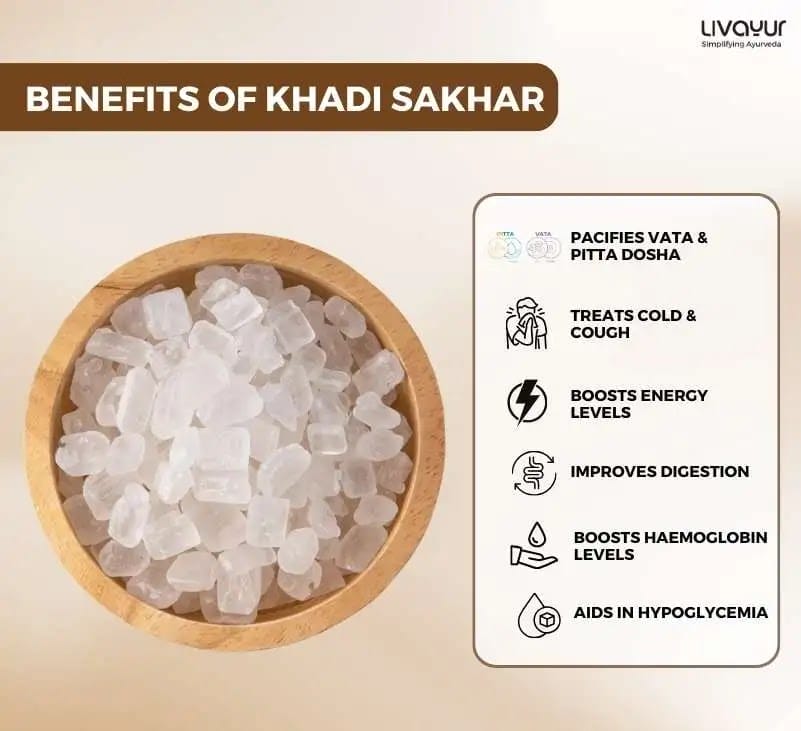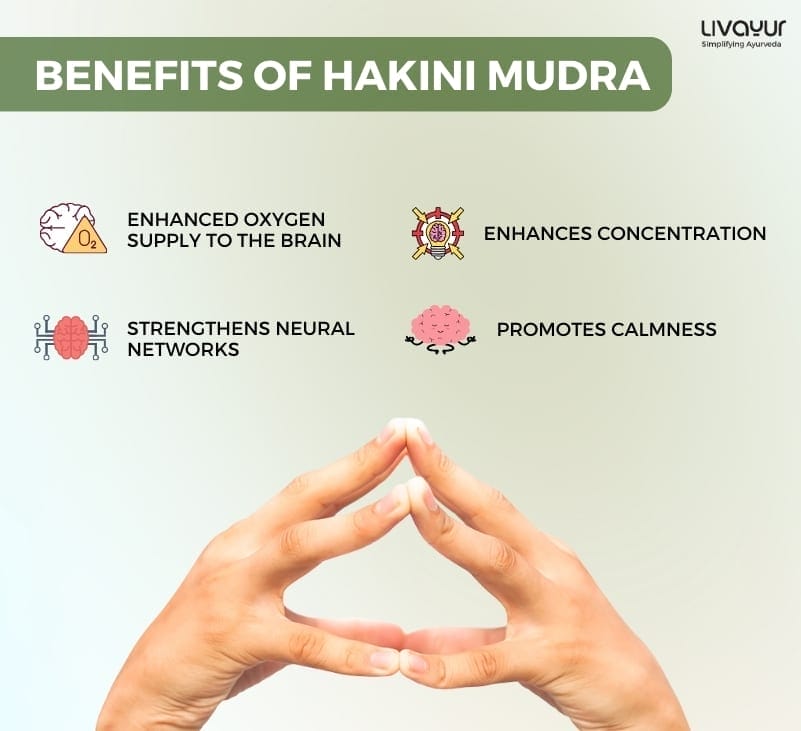In the modern world, stress, pollution, unhealthy lifestyle habits and poor dietary choices have become too common. These factors and many more lead to the accumulation of toxins in the body and mind, making detoxification an essential need.
Do you want to detox your body and improve the quality of your physical and mental health?
If yes, then why not try an Ayurvedic detox? It’s an easy, natural and highly effective process to bring back the balance in your body and prevent numerous diseases and disorders.
What Is An Ayurvedic Detox and How Does It Work?
Ayurvedic detox is a detoxification process that uses dietary changes, lifestyle practices, herbal remedies and therapies to remove toxins from the body.
The Ayurvedic ideology divides the world into five elements- Vayu (air), Prithvi (earth), Teja (fire), Aakash (space) and Jala (water). Varied combinations of these elements result in the formation of three Doshas, namely Vata, Pitta and Kapha.
These Doshas are considered responsible for maintaining overall physical and mental well-being. An Ayurvedic detox aims at balancing these Doshas and removing toxins that generate due to their imbalance.
Every individual has different combinations of Doshas, so the treatment is also tailored and customized accordingly. Nevertheless, it is important to follow a strict dietary regime and inculcate lifestyle changes in any treatment.
The average detoxification process usually lasts from 3-45 days and is best started at the beginning of seasonal changes so that the body can get rid of toxins or Ama accumulated in the previous season.
Now, let’s have a look at the various practices and herbs involved in an Ayurvedic detox.
Different Practices of Ayurvedic Detox
Every individual has different combinations of Doshas so the treatment is also tailored and thus, customized accordingly, it is important to follow a strict dietary regime and inculcate lifestyle changes. The average detoxification process lasts from 3-45 days.
Purvakarma and Panchakarma:
Panchakarma is one of the prominent Ayurvedic practices to get rid of toxins. The process of Panchakarma includes using herbal oils for massage, steam therapy, herbal paste therapy, nasal therapy, enema therapy, etc.
Purvakarma is the preliminary stage where the toxins are forced to accumulate in the bowel region and on the surface of the skin so that they can be extracted out from the body through the process of Panchakarma. The process includes oil massage, steaming, and a process of a similar kind called Shirodhara.
The process of Panchakarma consists of five karmas (treatments).
- Virechan– A process involving pastes and heated medicinal plants.
- Vaman– Forced vomiting through herbal medications.
- Basti– Massage and Enema through warm oils.
- Rakta Mokshana– Blood detoxification.
- Nasya– Clearing nasal cavity through herbal medicines.
Ayurvedic Diet:
Avoiding food and liquids which promote toxic buildup is prohibited in the Ayurvedic diet, substances such as alcohol, tobacco, caffeine, artificial sweeteners, red meat, and processed foods. Furthermore, the Ayurvedic diet is also assigned based on the composition of Doshas, for example, individuals with the prominence of Pitta are advised to not consume spicy and hot foods, people with the dominance of Kapha are suggested to avoid fatty foods and dominance of Vata indicates one must not eat dried and bitter food.
5 Herbs that Help in Body Cleansing:
Tulsi (Holy Basil)
Tulsi helps in the detoxification of the body from impurities, it prevents organ damage and relieves from chemical stress. Tulsi in Ayurveda is referred to as the ‘Queen of Herbs’ and is said to be the elixir of life.
Dhaniya (Cilantro)
Dhaniya is activated with natural cleansing agents which bind with toxic metals and make the extraction process smooth. Accumulation of heavy metals can lead to intense toxic buildup in the body which can complicate situations.
Haldi (Turmeric)
Turmeric is among the most valuable herb in the Ayurvedic system and has numerous health benefits. The plant belongs to the ginger family and consists of a phytochemical component called curcumin. Haldi supports the production of bile in the gallbladder, which is responsible for eliminating toxins in the liver and also helps in rejuvenating cells responsible for the breakdown of harmful components.
Milk Thistle
Milk Thistle is the most recommended herb for improving liver functions. Silymarin is the active compound find in the herb which helps in stabilizing cellular membranes and also in stimulating detoxification pathways.
Laal Tripatra (Red Clover)
Laal Tripatra is a stimulator for bile production and helps in cleaning the body and also supports the extraction of harmful toxins. Its effects are similar to Estrogen and thus, it promotes blood circulation and heart health.
Conclusion
The Ayurvedic detox is an ancient healing practise that originated in India thousands of years ago. Yogic exercises and meditation are supported and encouraged by modern-day science, Ayurvedic detox still holds a little backlash because of less research in that area. To extract complete benefits out of these processes, one must imply all the rules and follow the suggested diet, under the supervision of an Ayurvedic expert.





